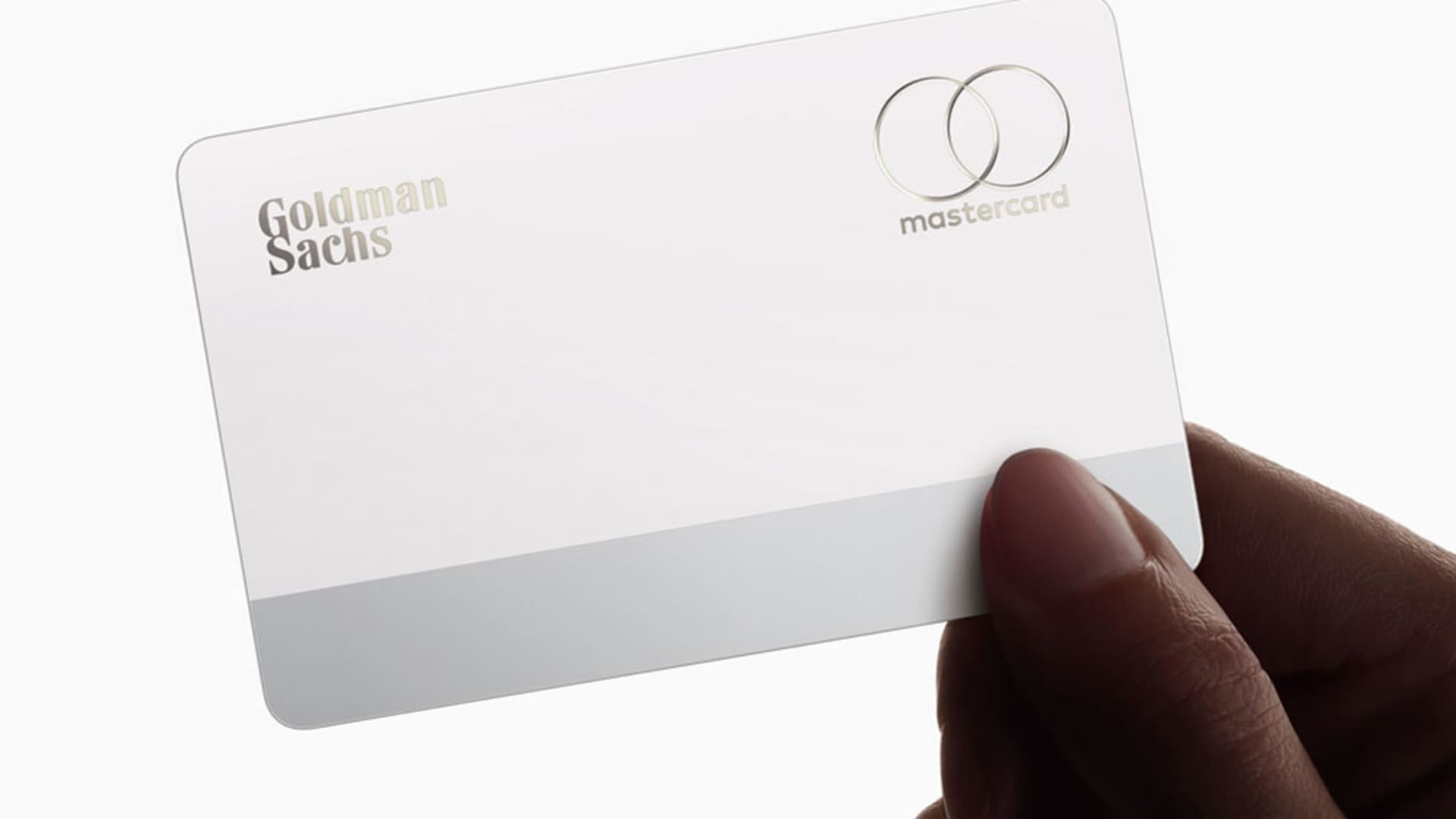The Apple Card’s Next Chapter: A Strategic Shift in the Credit Card Landscape
Introduction: A Paradigm Shift in the Making
The Apple Card, once celebrated as a revolutionary fusion of technology and finance, stands at a crossroads. The whispers of a potential transition from Goldman Sachs to JPMorgan Chase have ignited a flurry of speculation and analysis. This shift, if realized, would not only redefine the trajectory of the Apple Card but also send ripples through the broader financial ecosystem. The implications are vast, touching upon market dynamics, consumer experiences, and the strategic ambitions of the involved parties.
The Genesis of a Partnership: Promise and Peril
When Apple and Goldman Sachs joined forces in 2019, the collaboration was met with widespread acclaim. Apple, known for its user-centric design and seamless integration, aimed to disrupt the credit card industry with a product that embodied its ethos of simplicity and elegance. Goldman Sachs, traditionally a titan in investment banking, sought to expand its footprint into the consumer finance arena. The Apple Card was envisioned as a beacon of innovation, offering daily cash back rewards, a minimalist design, and deep integration with the Apple Wallet ecosystem.
However, the partnership quickly encountered turbulence. Goldman Sachs reportedly underestimated the operational and financial complexities of managing a consumer credit card program. The high rate of subprime borrowers and the associated costs of attracting and retaining cardholders proved to be significant challenges. These issues cast a shadow over Goldman Sachs’ broader ambitions in the consumer finance space, leading to substantial losses and strategic reevaluations.
Why Goldman Sachs Is Seeking an Exit
Several factors have contributed to Goldman Sachs’ decision to step back from the Apple Card program. The venture has been a financial drain, failing to meet the expected profitability benchmarks. The high acquisition costs and the challenges of managing a diverse portfolio of borrowers have weighed heavily on the bank’s bottom line. Additionally, under the leadership of CEO David Solomon, Goldman Sachs has shifted its strategic focus away from consumer finance, opting instead to concentrate on its core strengths in investment banking and wealth management.
The Apple Card, once seen as a flagship product in Goldman Sachs’ consumer arsenal, no longer aligns with the bank’s revised strategic vision. This misalignment has paved the way for a potential transition to a more experienced player in the credit card industry.
JPMorgan Chase: A Seasoned Player Steps In
JPMorgan Chase, the largest credit card issuer in the United States, emerges as a logical successor to Goldman Sachs. With its extensive experience, robust infrastructure, and vast customer base, JPMorgan Chase is well-equipped to manage and scale the Apple Card program efficiently. The potential acquisition of the Apple Card portfolio presents several advantages for JPMorgan Chase, including a significant expansion of its market share and access to Apple’s loyal customer base.
However, JPMorgan Chase is reportedly seeking concessions from Apple before finalizing any agreement. The bank is keen to ensure that the financial terms of the partnership are favorable, given the challenges that Goldman Sachs encountered. It is also likely to scrutinize the existing loan portfolio, seeking to mitigate any potential risks associated with subprime borrowers.
Visa’s Play for the Apple Card
Adding another layer of intrigue to the situation is Visa’s reported $100 million bid to take over the Apple Card from Mastercard. This move highlights the intense competition among payment networks to secure partnerships with major technology companies like Apple. Visa’s offer underscores the strategic value of the Apple Card, particularly its integration with the Apple Pay ecosystem. Securing the Apple Card partnership would not only boost Visa’s transaction volume but also enhance its brand image and strengthen its ties with a global technology leader.
What the Transition Means for Apple Cardholders
The potential transition from Goldman Sachs to JPMorgan Chase raises questions about the future of the Apple Card and its impact on cardholders. While the specifics of any new agreement remain to be seen, several key considerations are worth noting.
It is likely that JPMorgan Chase would seek to maintain the core features and benefits of the Apple Card, such as the daily cash back rewards and integration with the Apple Wallet. However, changes could be implemented in areas such as interest rates, fees, and customer service. Cardholders may also experience changes in the user interface or the way they interact with the card through the Apple Wallet. JPMorgan Chase may seek to integrate its own digital banking features and services into the Apple Card experience, potentially enhancing its functionality and value.
Navigating the Future
The impending shift in the Apple Card partnership underscores the complexities and challenges of the credit card industry. It also highlights the importance of strategic alignment, financial prudence, and a deep understanding of customer needs.
For Apple, the transition presents an opportunity to refine the Apple Card program and ensure its long-term sustainability. By partnering with a seasoned player like JPMorgan Chase, Apple can leverage its expertise and resources to deliver a superior credit card experience to its customers.
For JPMorgan Chase, the potential acquisition of the Apple Card portfolio represents a strategic move to solidify its dominance in the credit card market. By capitalizing on Apple’s brand equity and customer loyalty, JPMorgan Chase can further expand its reach and strengthen its position as a leading financial institution.
A New Era for the Apple Card
The anticipated transition of the Apple Card from Goldman Sachs to JPMorgan Chase marks the beginning of a new chapter. While uncertainties remain, the move has the potential to revitalize the program, enhancing its value proposition for both Apple and its customers. As JPMorgan Chase prepares to take the helm, the future of the Apple Card appears to be in capable hands, poised for continued growth and innovation in the ever-evolving world of digital finance.











